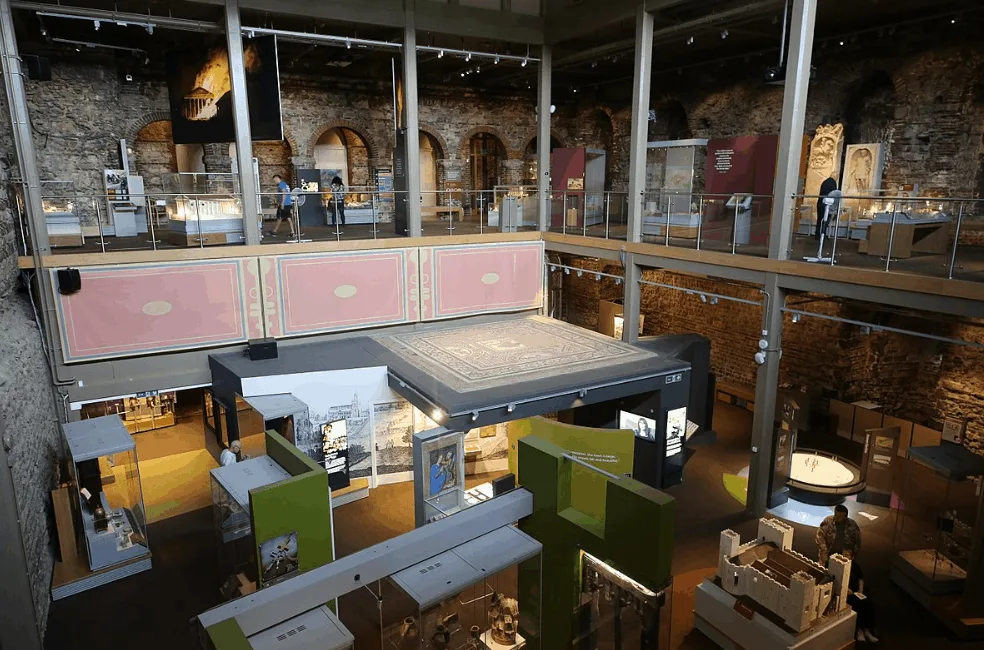This well-preserved castle has a remarkable keep, and in this post, you’ll discover the ultimate list of facts about Colchester Castle.
This castle in England is a scheduled monument, which means it’s a nationally important archaeological site and historical building. It’s also listed as a Grade I building.
1. Colchester Castle is located in Essex
The castle is located in the historic market town of Colchester in the county of Essex. This is in the southeast of England.
To the south, on the other side of the River Thames, there are two more historically important castles, Rochester Castle and Dover Castle.

2. It was built in the 11th century
The castle was located on the strategic route between London and East Anglia and was commissioned by William the Conqueror in 1076, This was just 10 years after the Norman Conquest of England in 1066.
The castle was mentioned for the first time in history in a charter dated 1101, mentioning that the town and the castle of Colchester were granted to “Eudo Dapifer,” a Norman aristocrat close to William I, by his son Henry I.
3. It was built on top of the ruins of a Roman Temple
Colchester used to be the first Roman capital of Britain. Because of this, this built a large Roman temple in the town called the “Temple of Claudius,” which was constructed between 49 and 60 A.D.
This temple was built by the Roman Emperor Claudius, who led the Roman Conquest of Britain. The temple’s remains are possibly the oldest Roman stonework in England and the temple was the largest of its kind in the country as well.
Colchester Castle was built on top of the ruins of this Roman temple. Because of the lack of a quarry in the area, stones from various other Roman structures at Colchester were used for its construction as well.
4. There’s something remarkable about the keep
The keep of Colchester Castle is the largest keep that was ever built in England, and even in all of Europe. It has dimensions of 152 x 112 feet (46 x 34 meters).
The simple reason why the keep is so large is that the Temple of Claudius had these dimensions and that the foundation of the earlier structure was used to construct the castle.
The keep of the castle is very well-preserved as well!
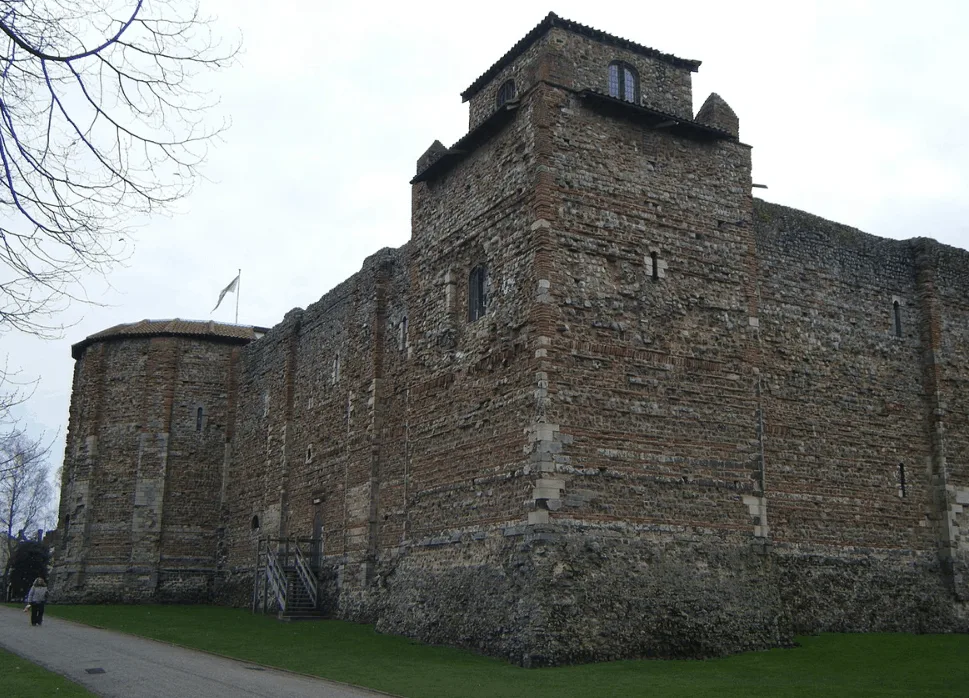
5. The castle has a link with the Tower of London
Who exactly built the castle remains unclear, but based on the design, which resembles the design of the White Tower of the Tower of London, it’s assumed that Gundulf, Bishop of Rochester, had a hand in its construction.
Gundulf was a great architect and constructed several churches and castles shortly after the Norman Conquest of England, including at Rochester and the White Tower of the Tower of London.
One of the most remarkable facts about Colchester Castle is that its keep is exactly 1.5 times the size of the White Tower in London!
Another resemblance with the White Tower, which emphasizes the notion that Gundulf was in charge of its construction, is the large apse in the southeast corner. This has the same design as St John’s Chapel in the White Tower.
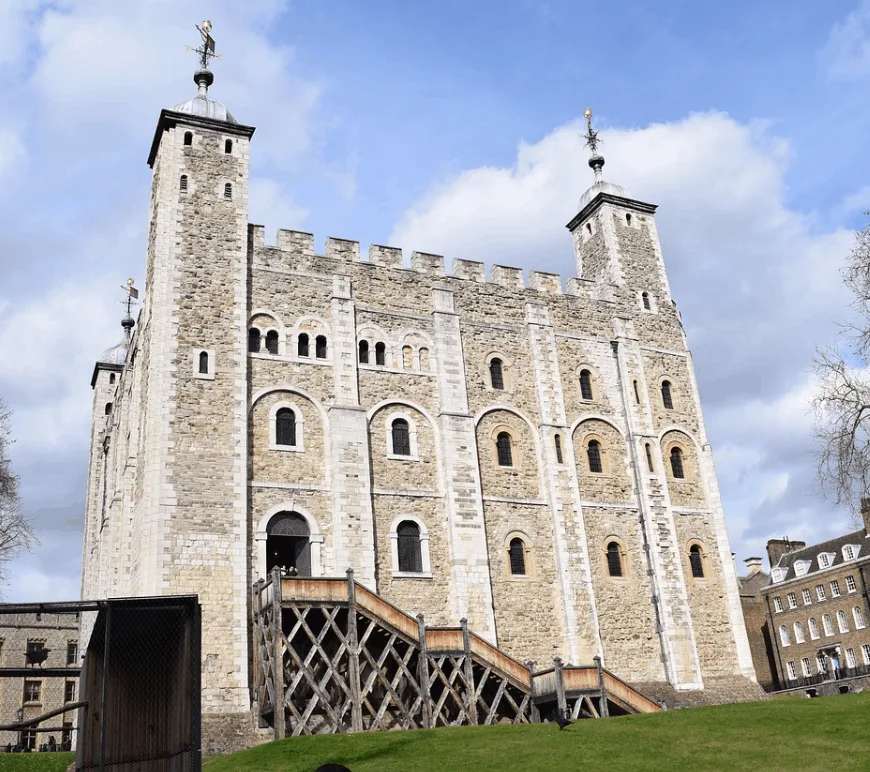
6. The original castle only had a single story
Whether or not the castle had four stories similar to the White Tower remains unknown. Demolition works have been carried out many centuries later and today, the castle only has 2 stories.
The debate about the exact height of the keep remains open until today, with historians suggesting 2, 3, and even 4 stories as a possibility.
What can be seen are the remnants of the second phase on the exterior walls which were built on top of the original design with just 1 level. This means that the castle was made higher for defensive purposes, most probably in the late 11th century.
7. The defenses consisted of a rampart and ditch
To protect the large keep, a large earthen rampart and ditch were created on all sides. Archaeological evidence was discovered showing that the elevated area was created on top of the Roman defensive walls.
The northern section of this defensive structure survived and has dimensions of 94 feet (28.5 meters) wide by 13 feet (4 meters) high. It was heavily landscaped in the 19th century.
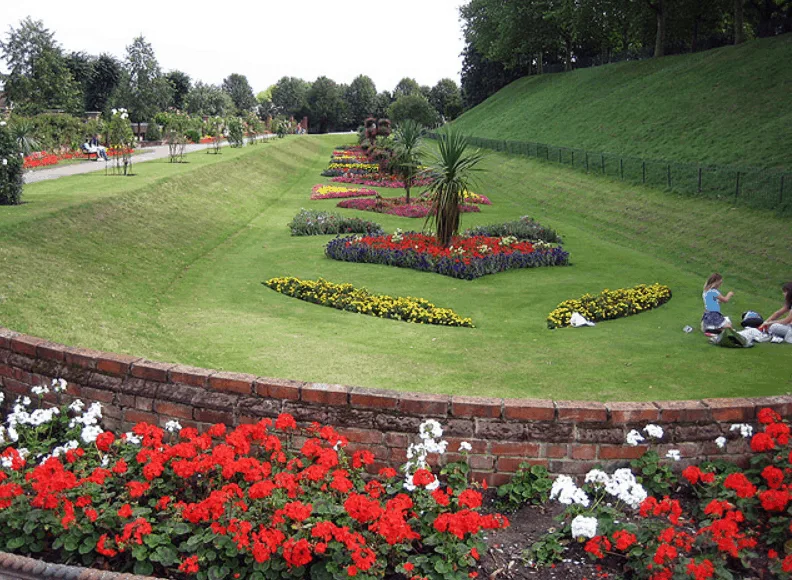
8. Colchester Castle was besieged in 1216
Even though the castle was located in a strategic position, it didn’t see much action during the first 140 years of its existence. A purchase of 26 military tunics in the year 1192 proves that a permanent garrison was stationed in the castle though.
This all changed when the castle came into the hands of a French garrison of 116 and King John besieged the castle in January 1216.
The siege ended in March of the same year when the French surrendered and made their way to London where they were arrested.
After this event, Colchester Castle remained Crown property throughout the Middle Ages in the care of various constables.
9. It was being used as a prison since the 13th century
The castle was being used as the county gaol, which means the local jail, since the 13th century. Obviously, being locked up in this medieval prison wasn’t too much fun for the unfortunate people who ended up there.
Throughout its history, it has been used as a prison and was even enlarged in the year 1801, only to be permanently closed in the year 1835.
10. Two Royalist leaders were executed near the castle during the Civil War
During the Second English Civil War, in the year 1648, two Royalist commanders named Sir Charles Lucas and Sir George Lisle were captured and sentenced to death.
Both of them were shot to death on August 28, 1648, in the castle yard at Colchester Castle. A small obelisk now marks the spot where they were executed.
A local legend claims that no grass will grow in the spot on which they fell.
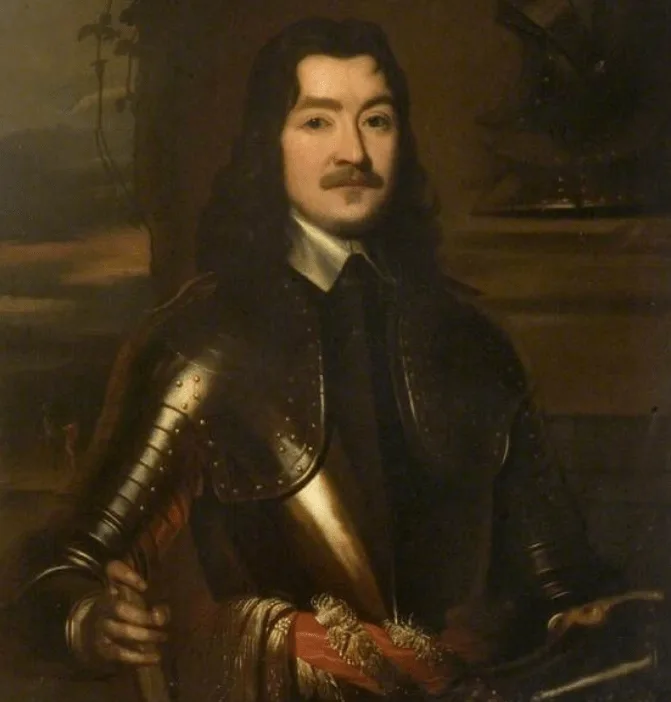
11. Suspected witches were once locked up at Colchester Castle
In the same period, during the English Civil War, the career of one man flourished. Matthew Hopkins entitled himself to the office of Witchfinder General, an office that was never officially recognized.
Nevertheless, he managed to arrest hundreds of suspected witches and interrogated them at Colchester Castle where they were being locked up.
It’s estimated that Hopkins was responsible for the execution of over 300 alleged witches during the years 1644 and 1646, which was more than the previous 100 years combined. He finally retired in 1647.
12. The castle was bought at the end of the 17th century
The castle was bought by a private owner at the end of the 17th century with the idea of demolishing it and selling off its materials. Luckily, this endeavor ended up being unprofitable so it was stopped.
The castle was sold to Mary Webster in the year 1727 who gave it to her daughter Sarah and her husband Charles Gray as a wedding present.
They had much nobler ideas and started renovating the castle shortly after. Gray passed on the castle to his grandson James Round in 1782, who continued the renovation project.
One of the most interesting facts about Colchester Castle is that Charles Gray believed it to be a Roman structure, hence he integrated a Mediterranean style during his renovation project, which can be seen by the type of roof tiles he used.
13. The Borough of Colchester bought the castle in the 1920s
The castle is located inside a park called the “Colchester Castle Park,” which is split by the remains of the Roman wall into the Upper Park and Lower Park.
With the help of a donation of a rich industrialist named Weetman Pearson, 1st Viscount Cowdray, the Borough of Colchester was able to acquire both the park and the castle between 1920 and 1922.
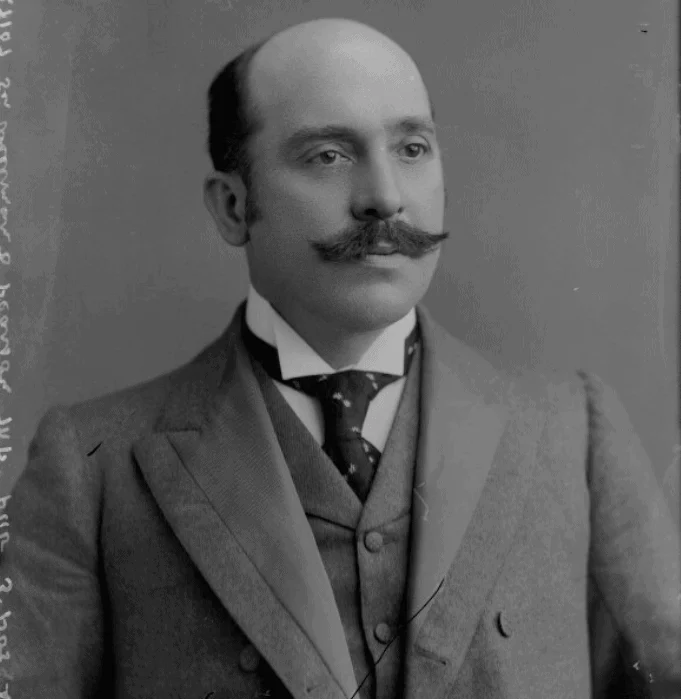
14. The Colchester Museum opened back in 1860
Colchester Castle has been the home of the Colchester Museum since the year 1860. Because of its rich history, it displays a variety of artifacts and has a large collection of Roman exhibits, and tells the story of the entire castle’s history.
The museum covers the two floors of the castle’s interior!
15. The castle was completely renovated in 2013 and 2014
Arguably the biggest renovation in the castle’s history was done during a project that was completed in 2014.
The entire site was redeveloped, the roof was repaired, and the displays in the museums were updated according to the latest research of the castle’s history.
The cost of this extensive refurbishment project was an astounding £4.2 million!
